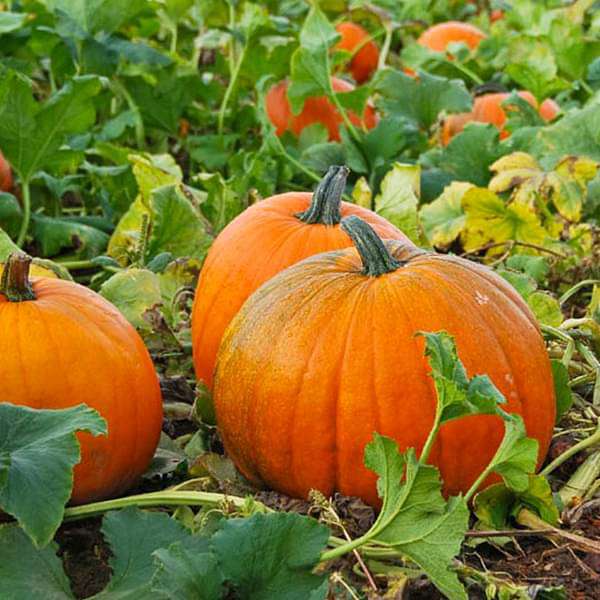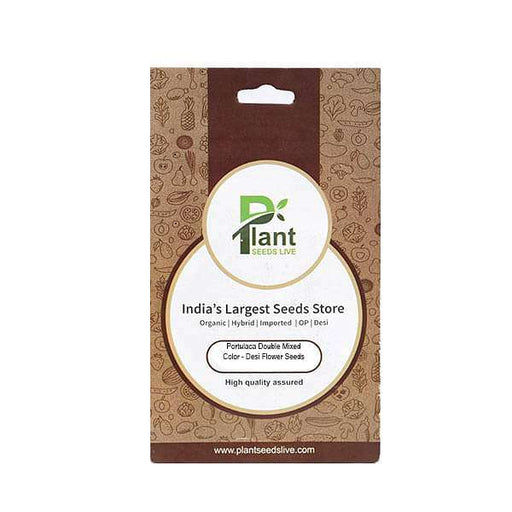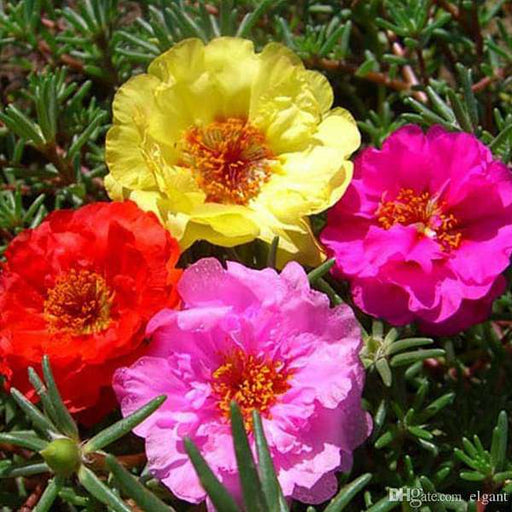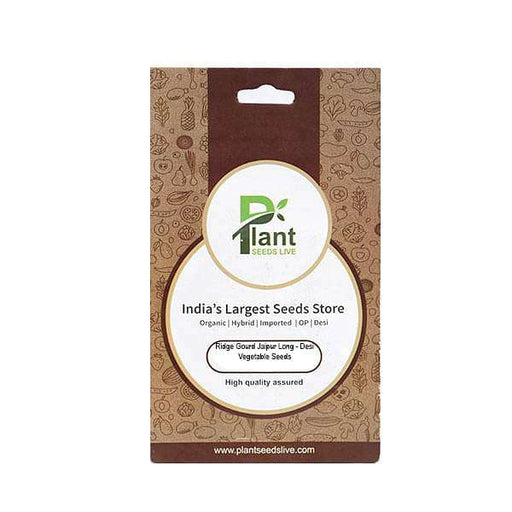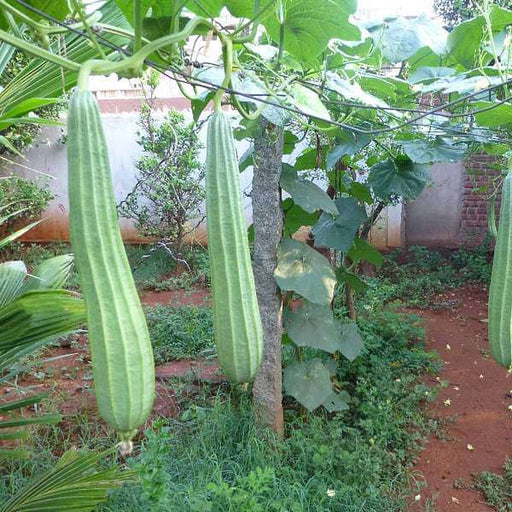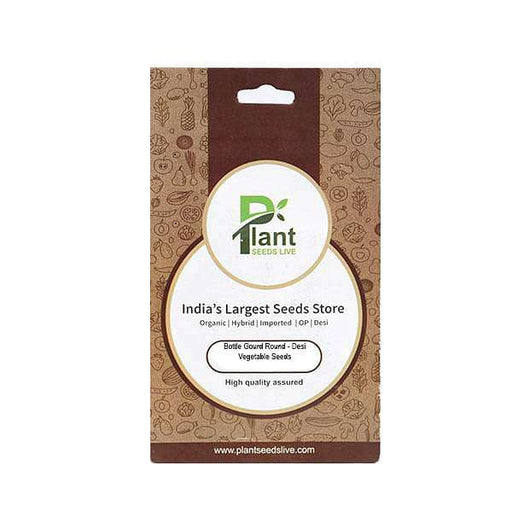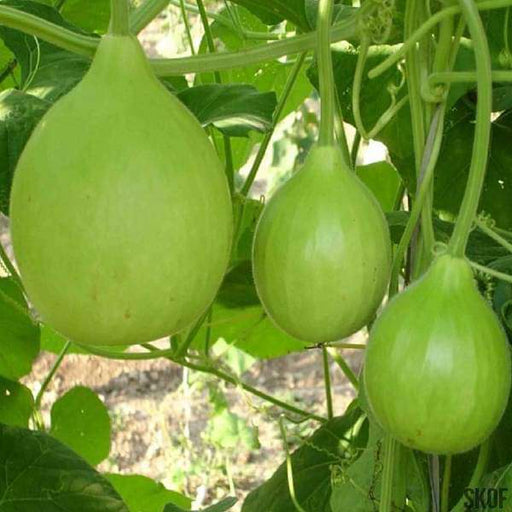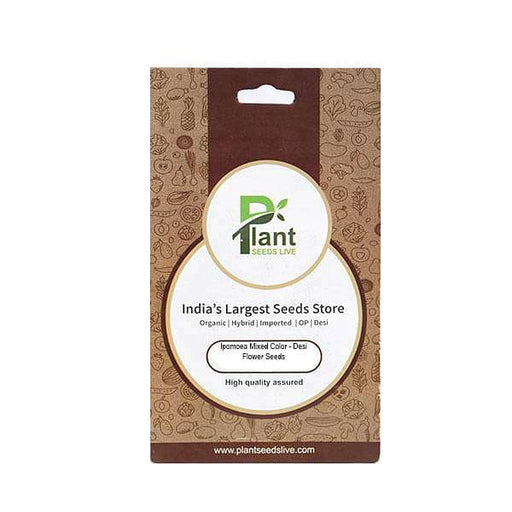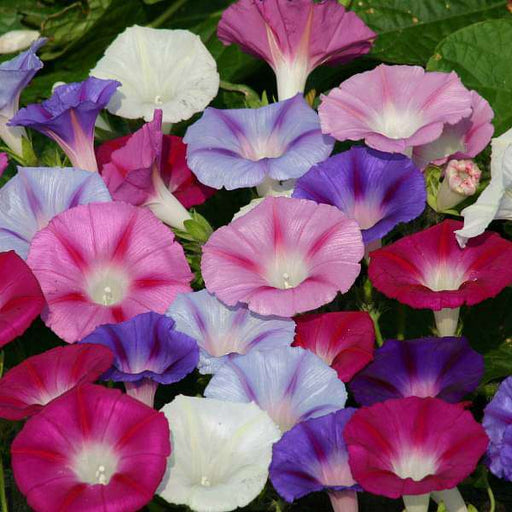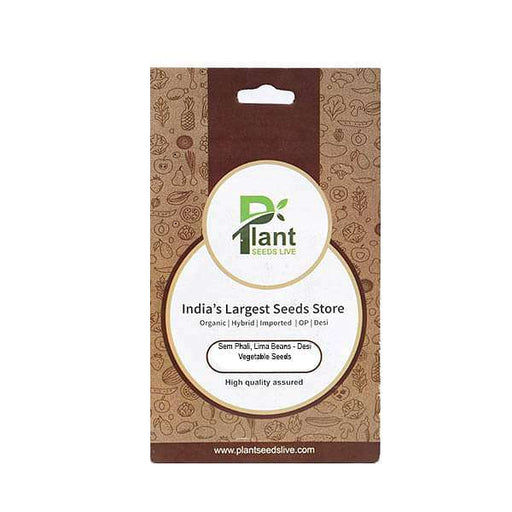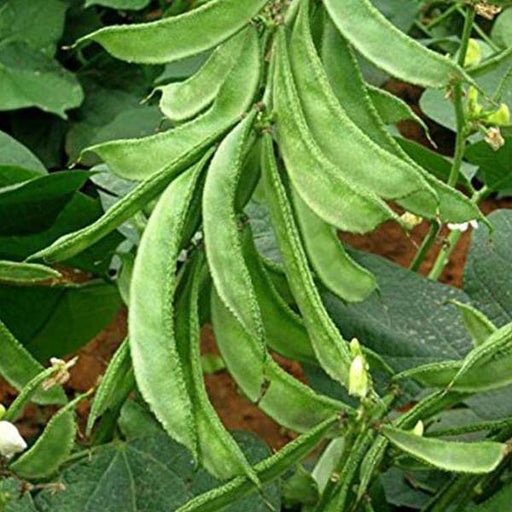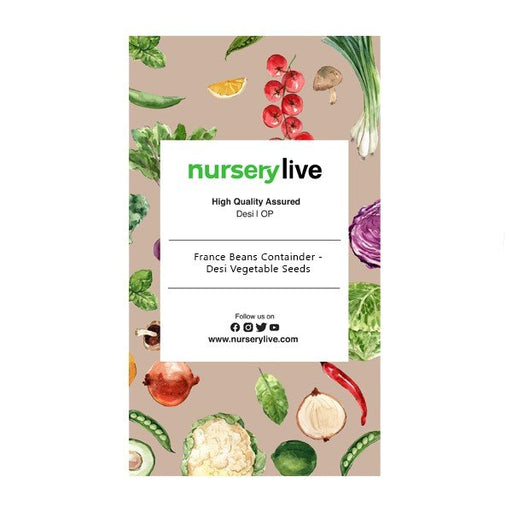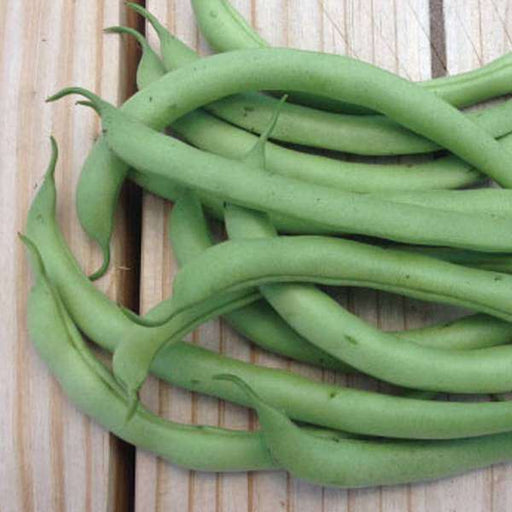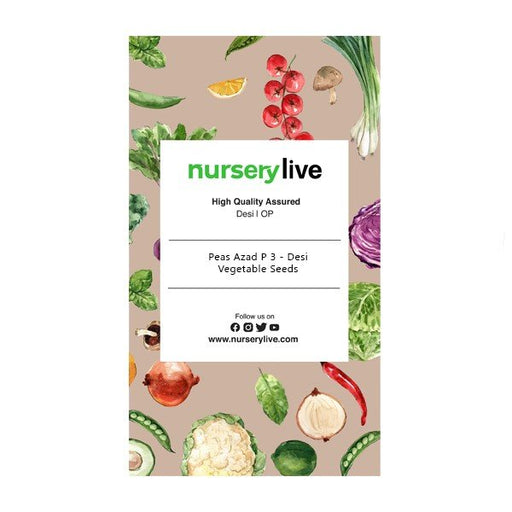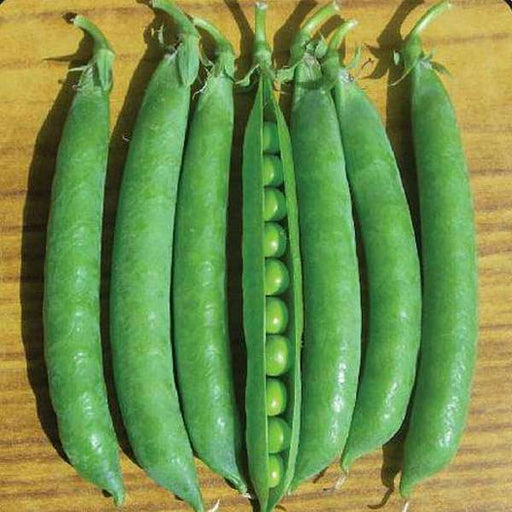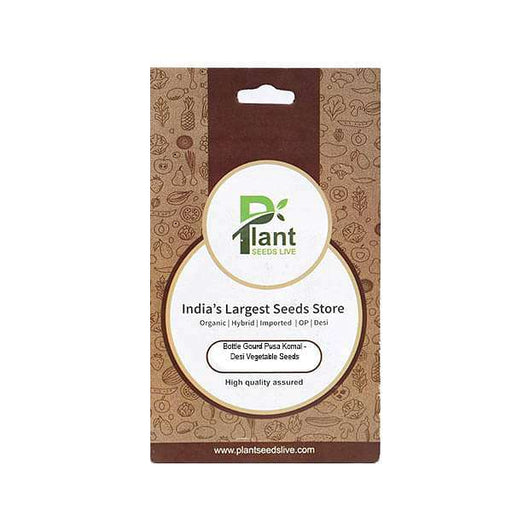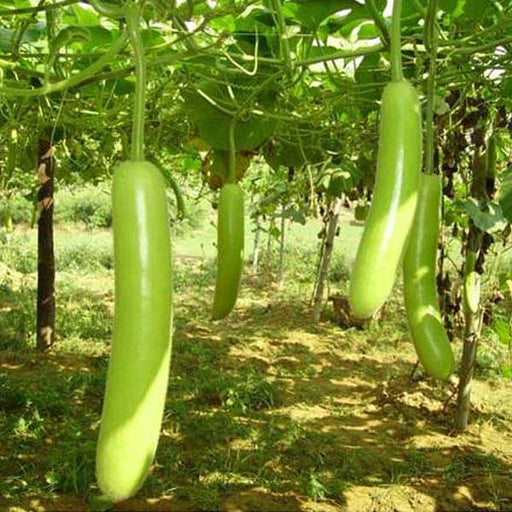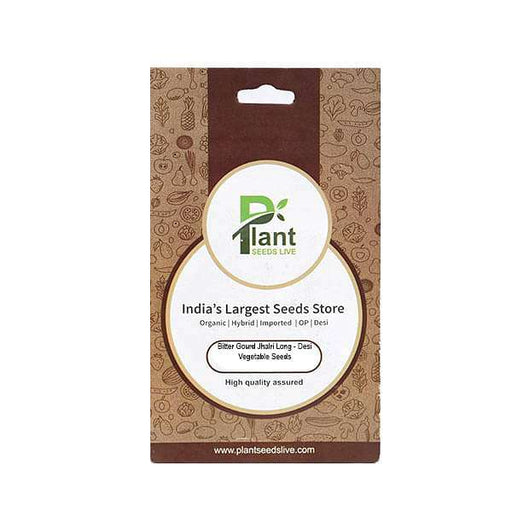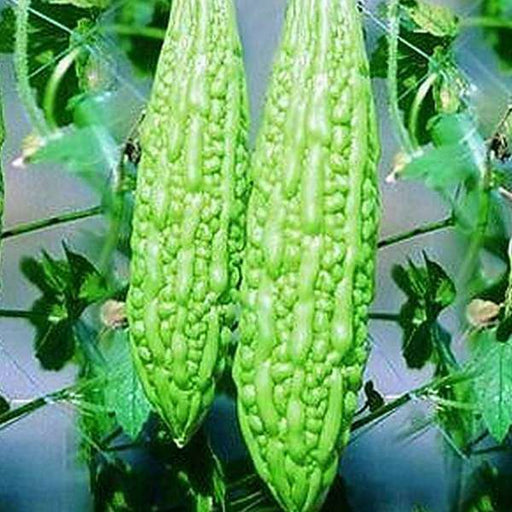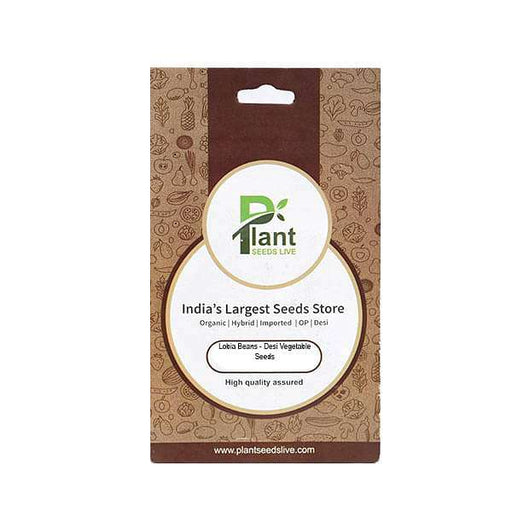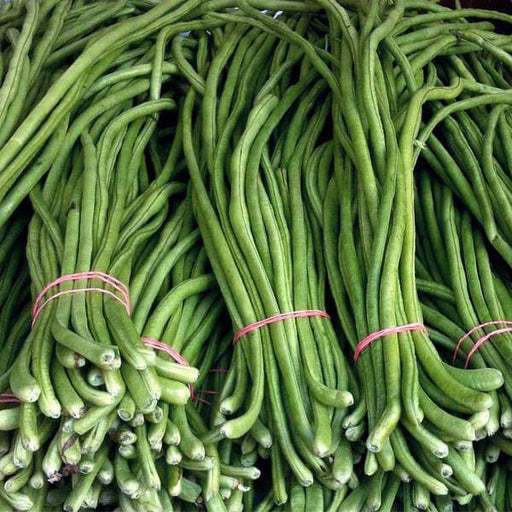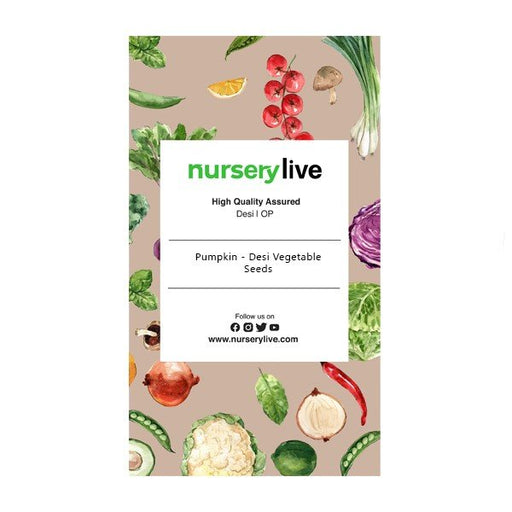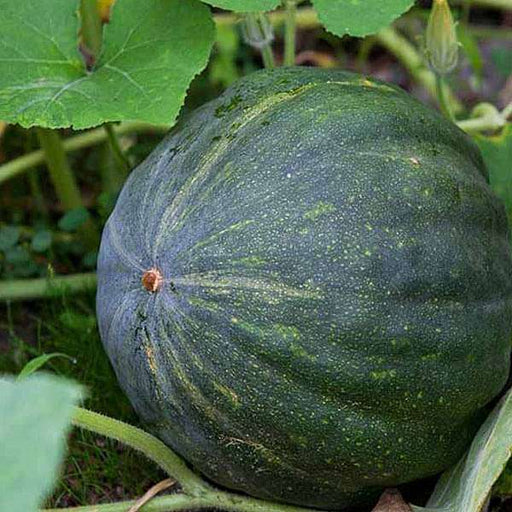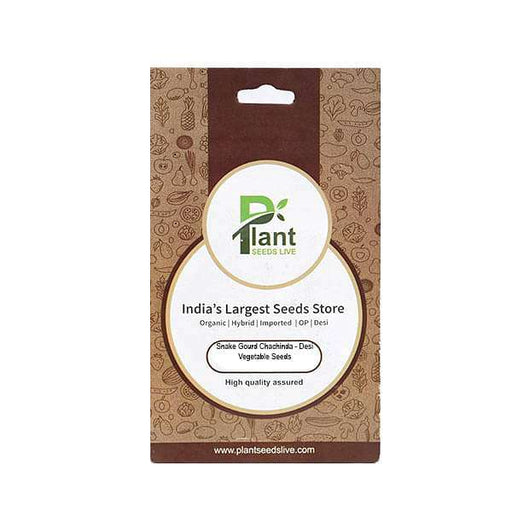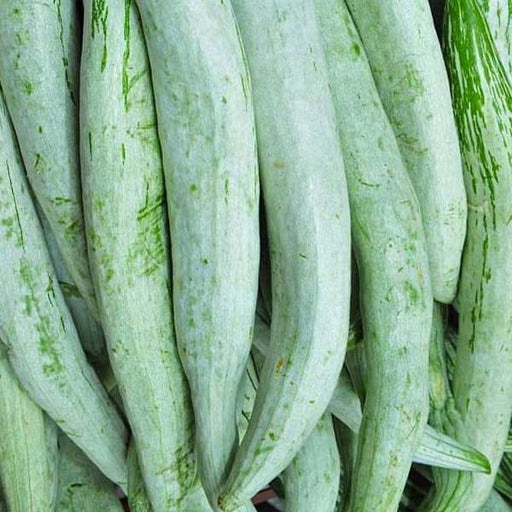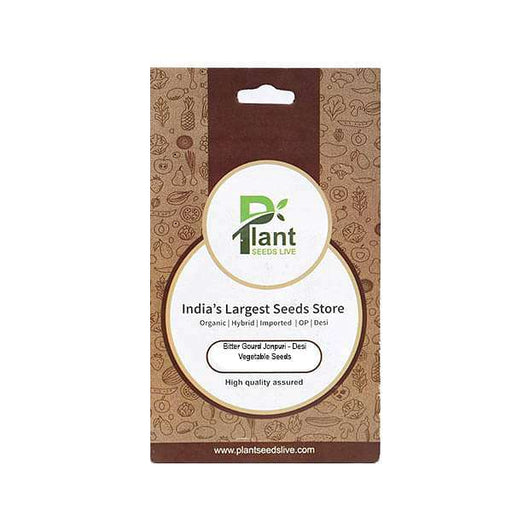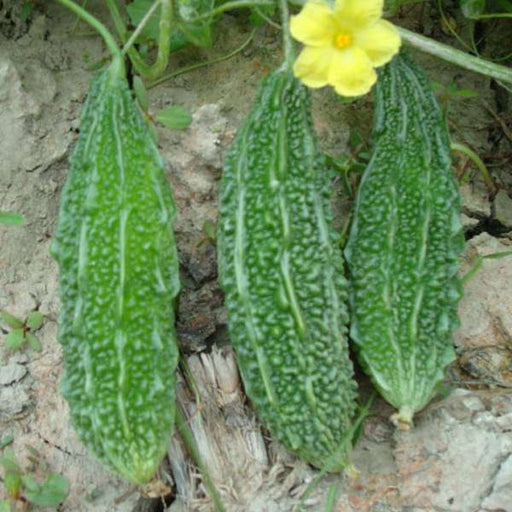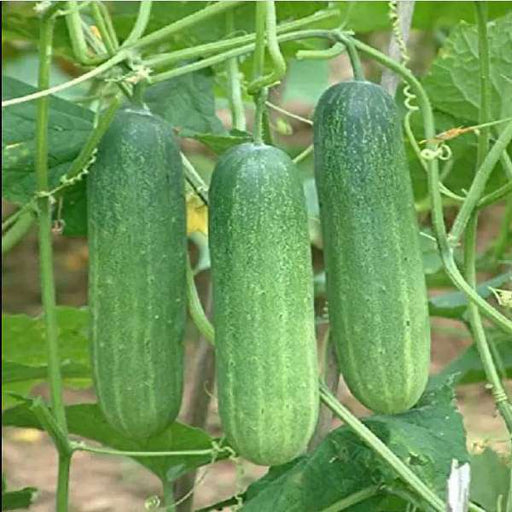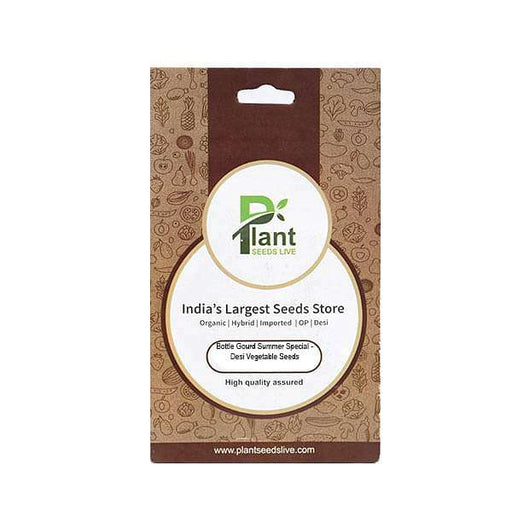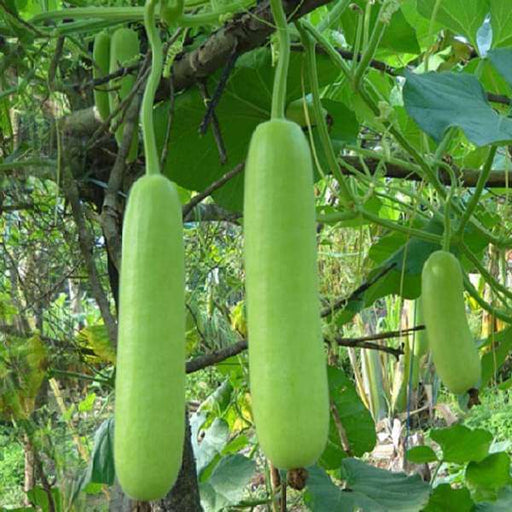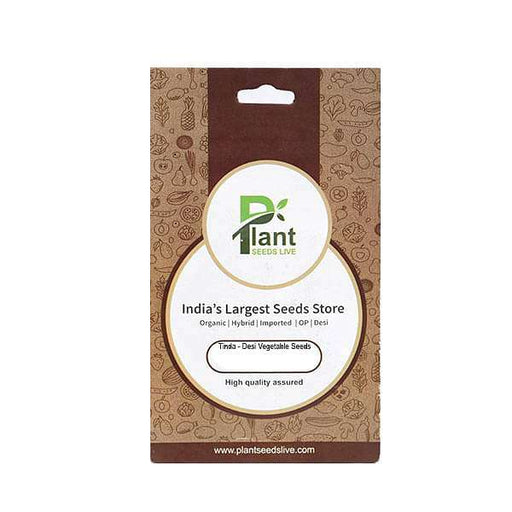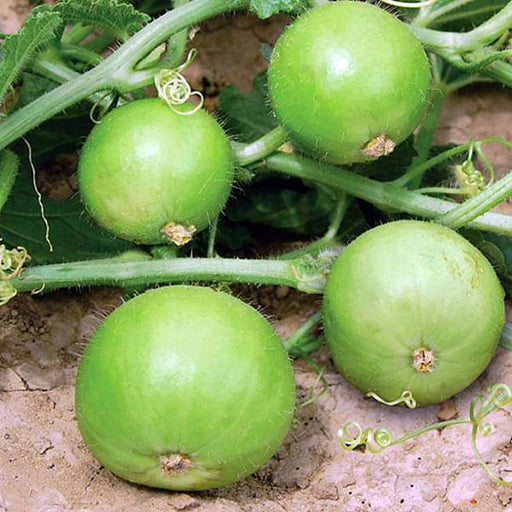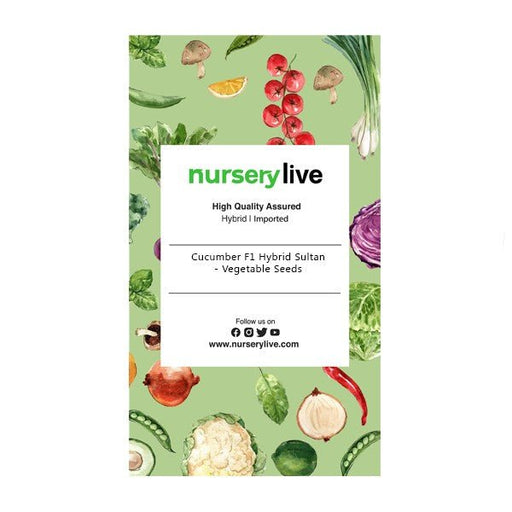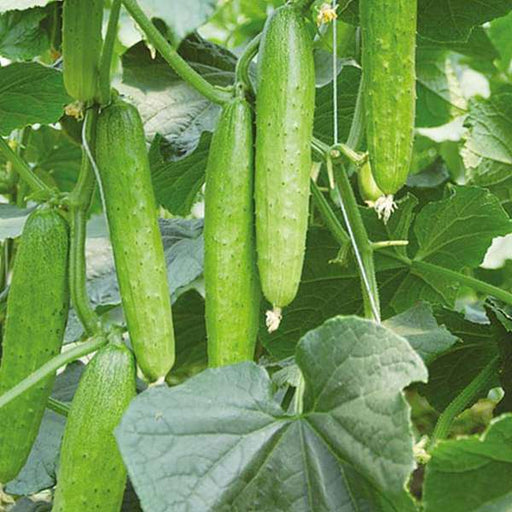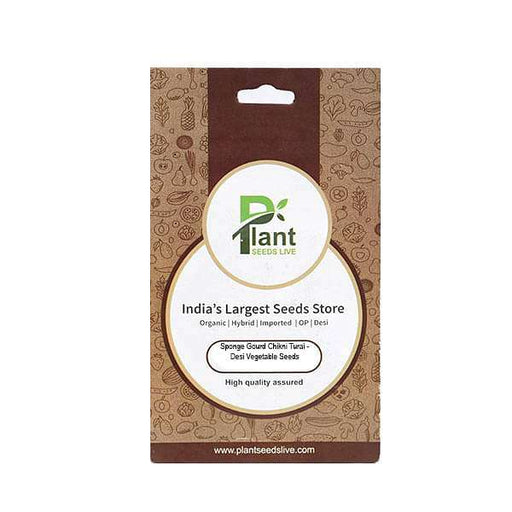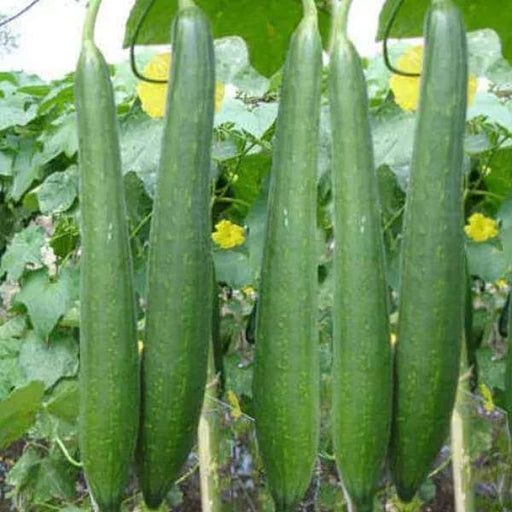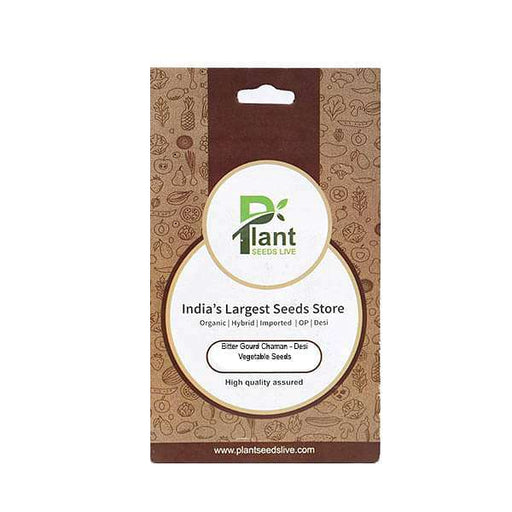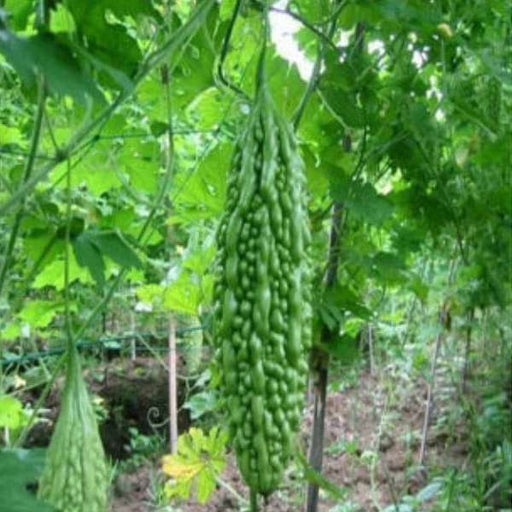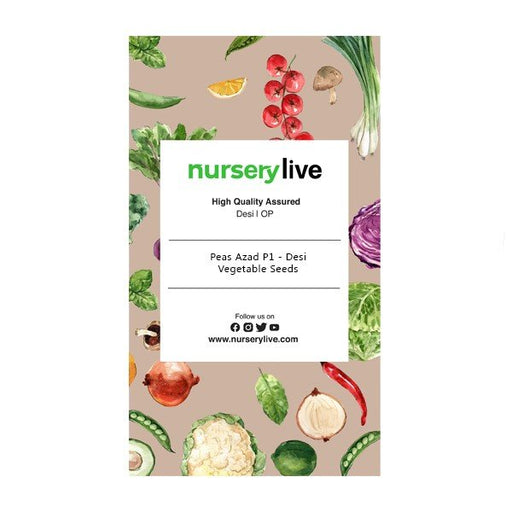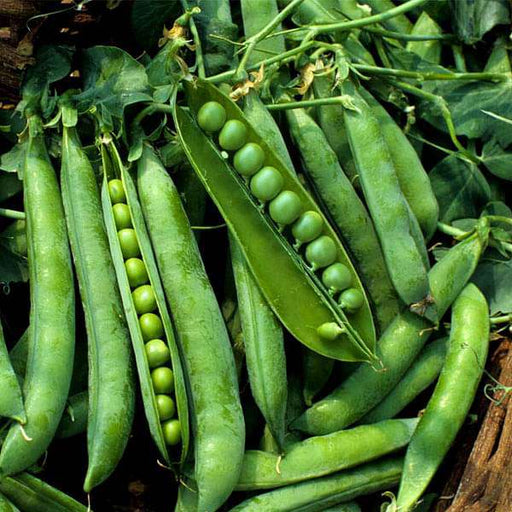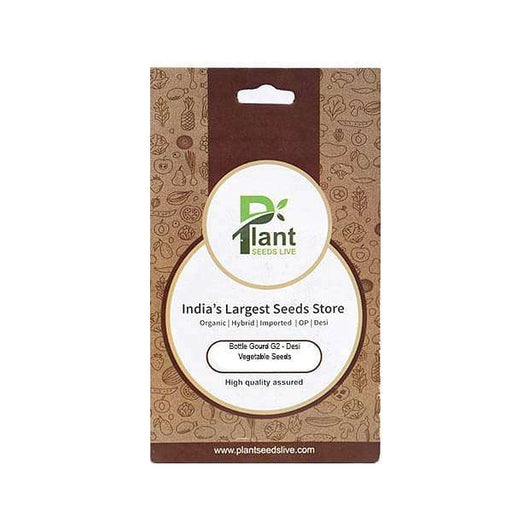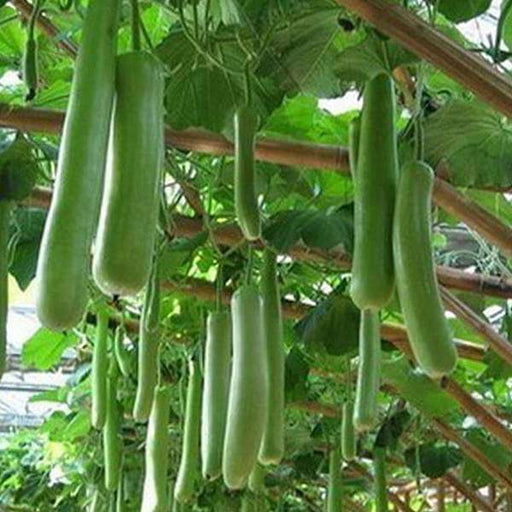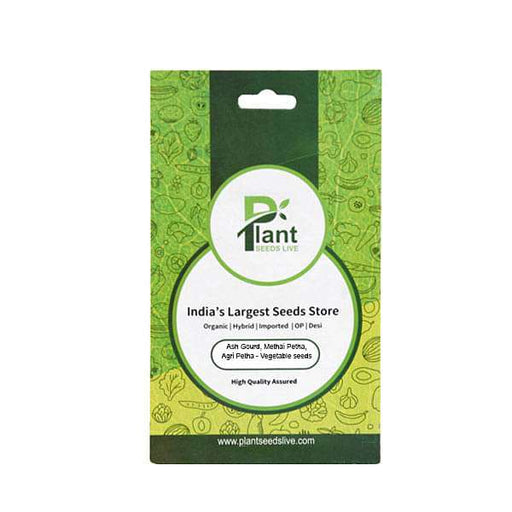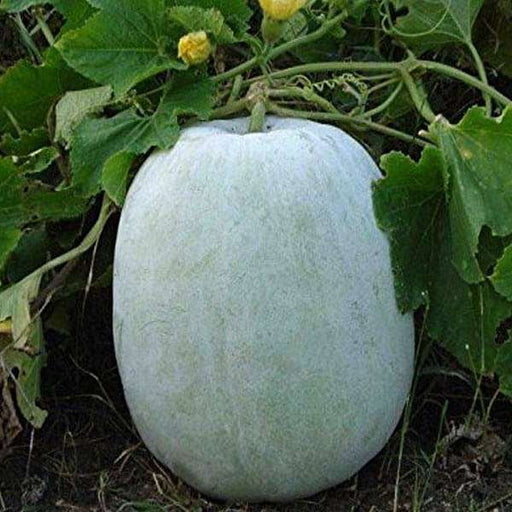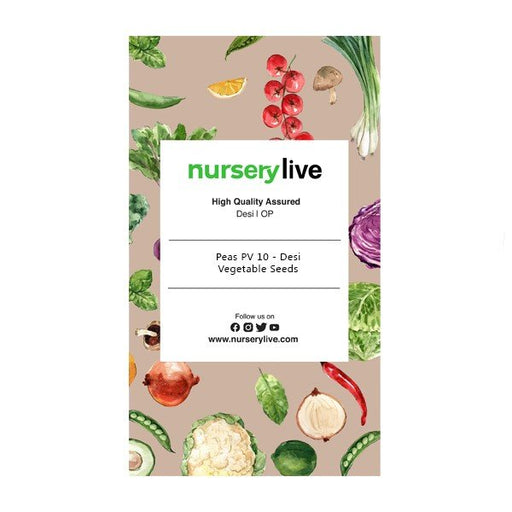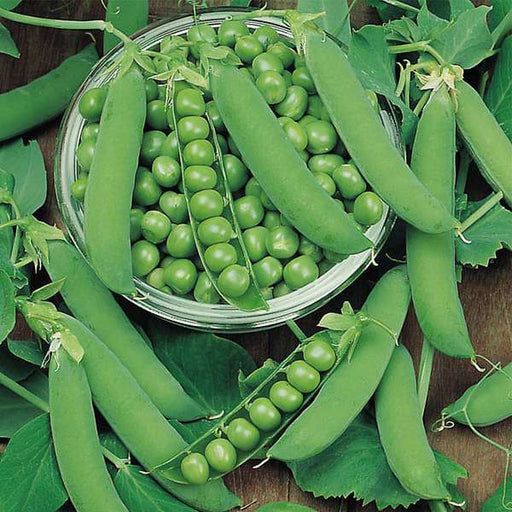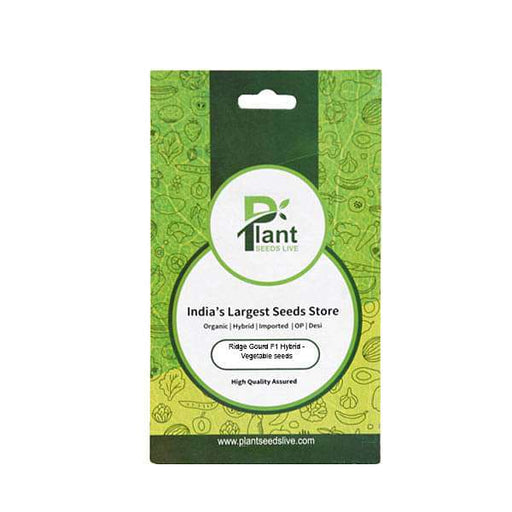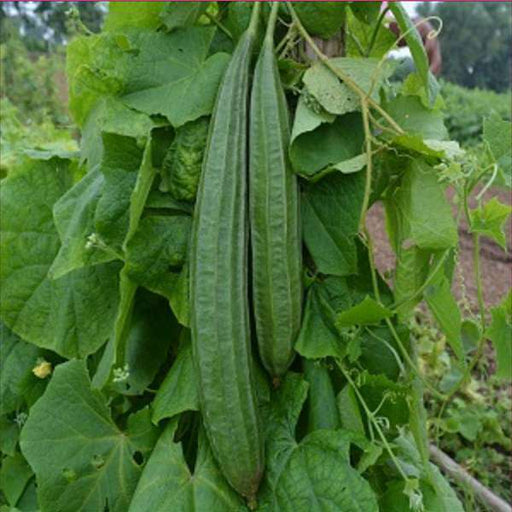Climber or Creeper Plants Seeds Morning Glory Seeds
Wake up your garden with morning glory seeds! These fast-growing vines bring a burst of color with their trumpet-shaped flowers. Perfect for fences, trellises, or any vertical space in need of a lively touch.
Climber or Creeper Plants Seeds Clematis Seeds
If you want show-stopping blooms, clematis is your go-to. These climbing plants produce large, stunning flowers in various colors, making any wall or trellis a floral masterpiece.
Climber or Creeper Plants Seeds English Ivy Seeds
Classic and evergreen, English ivy is a low-maintenance plant that climbs, covers, and enhances any vertical space. Its hardy nature makes it perfect for beginners and garden experts alike.
Climber or Creeper Plants Seeds Wisteria Seeds
Wisteria brings romance and elegance to any garden. These beautiful seeds will grow into cascading vines with fragrant purple or white flowers that will make any fence or arbor look majestic.
Climber or Creeper Plants Seeds Honeysuckle Seeds
Sweet-smelling and fast-growing, honeysuckle is a garden favorite. These seeds will yield fragrant, colorful vines that attract pollinators, making your garden a buzzing paradise.
Climber or Creeper Plants Seeds Passionflower Seeds
For a touch of exotic beauty, passionflower vines are the way to go. Their intricate blooms and fast-growing vines will add a unique flair to your garden or patio.
Climber or Creeper Plants Seeds Sweet Potato Vine Seeds
More than just food! Sweet potato vines are easy to grow and provide beautiful foliage in vibrant shades of green and purple, turning your garden into a colorful carpet.
Climber or Creeper Plants Seeds Kiwi Vine Seeds
Want to add fruit to your vertical garden? Kiwi vines are perfect for growing on trellises and pergolas. These hardy plants not only beautify your space but reward you with delicious fruits.
Climber or Creeper Plants Seeds Black-eyed Susan Vine Seeds
Bright, cheerful, and easy to grow, black-eyed Susan vines are perfect for adding a pop of yellow or orange to your garden. These seeds will transform your fence or trellis into a vibrant work of art.
Climber or Creeper Plants Seeds Jasmine Seeds
Bring elegance and fragrance to your garden with jasmine seeds. These fast-growing vines bloom with delicate white or yellow flowers that fill the air with a sweet, enchanting scent.
Climber or Creeper Plants Seeds Virginia Creeper Seeds
This hardy vine is perfect for adding coverage to fences and walls. Its lush green leaves turn brilliant red in autumn, giving your garden year-round color and beauty.
Climber or Creeper Plants Seeds Morning Glory Mix Seeds
Can’t decide on one color? Try the morning glory mix! These seeds offer a variety of vibrant, colorful blooms that will create a beautiful and eye-catching display wherever they climb.

